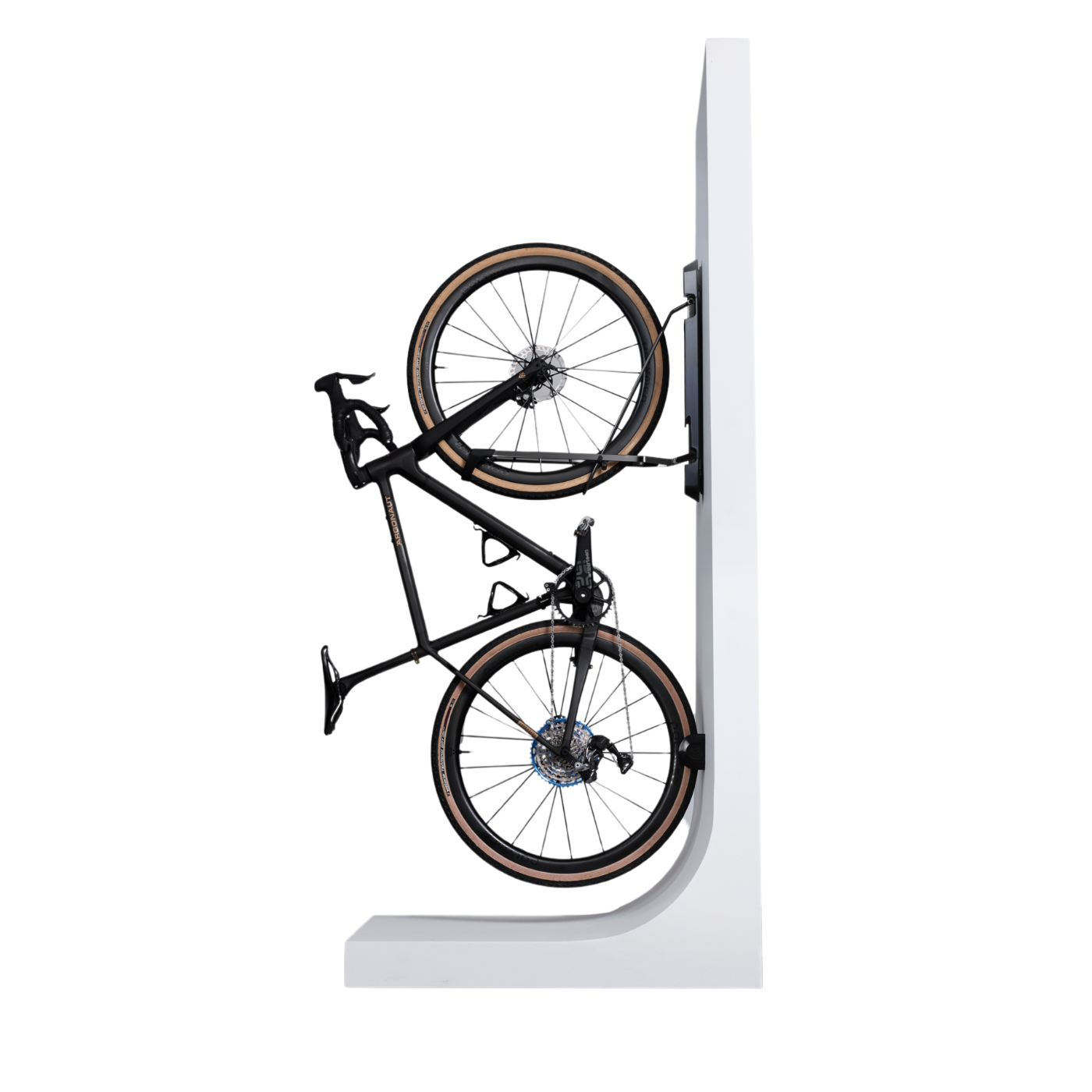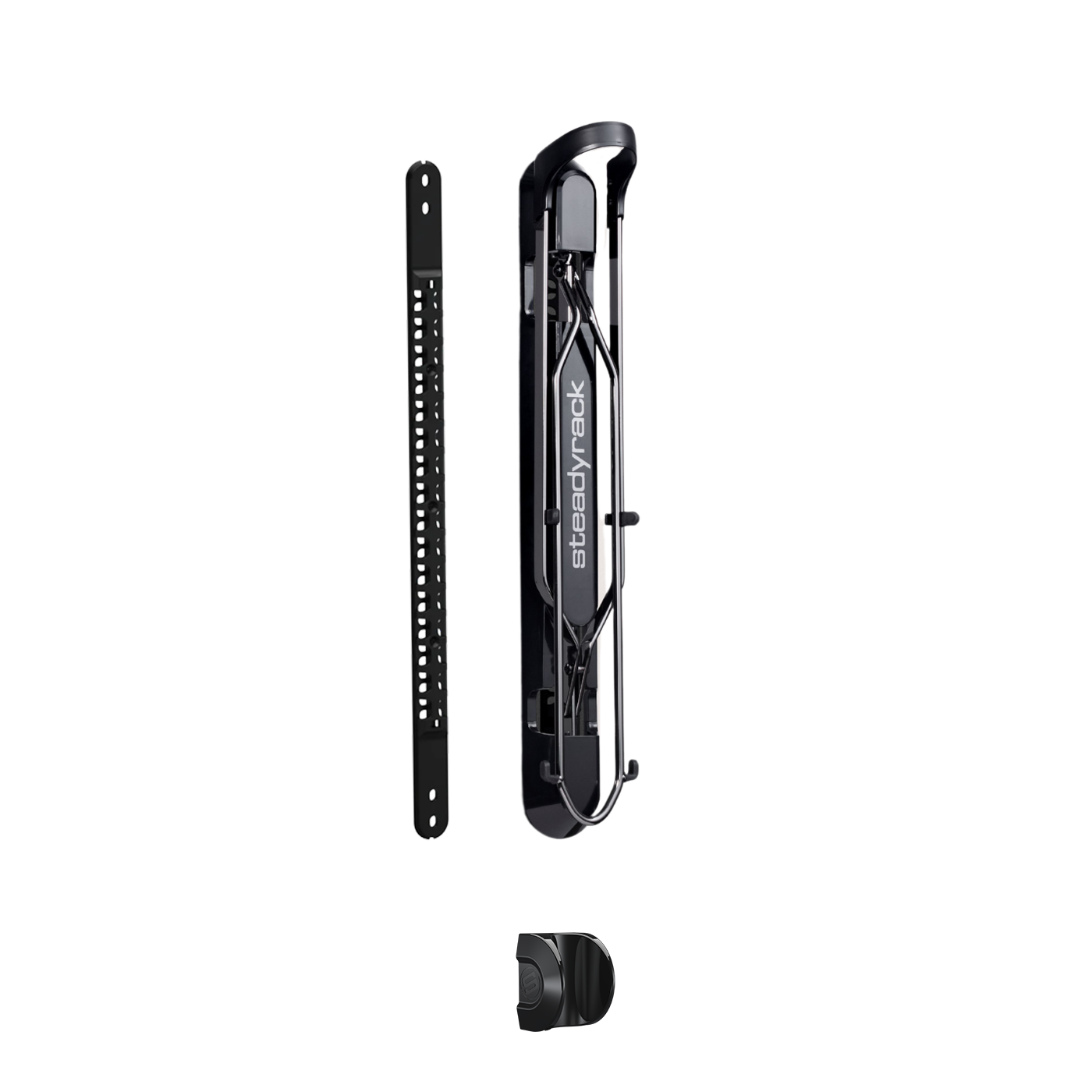Competition for the kerb is rising and cities are going to have to manage it
In case you missed it, 2018 was designated the Year of the Kerbby Sabrina Sussman, Zipcar’s public partnerships manager. This is because competition for limited kerb space has been increasing over the past few years, particularly in cities. The kerb is the place that provides “access” between the street and the footpath. The definition tends to include the lane beyond the kerb that is used for car parking, bus stops, taxi pickups and dropoffs, and loading and unloading goods. But kerb competition is increasing from a range of new users including: car sharing, ride sharing, e-scooter share, bike share and e-bike share, food delivery, online order deliveries and, in coming years, autonomous vehicles. And this increasing focus on the kerb is highlighted in recent reports by the Institute of Traffic Engineers, the International Transport Forum and North America’s National Association of City Transportation Officials (NACTO). With this range of new users, cities need to rethink how they manage this contested real estate. Without better kerb management, cities will face increased congestion on local streets from vehicles circulating to access the kerb and on footpaths from a range of shared mobility devices. One change cities will need to make to accommodate these new users is to repurpose kerb space, which has traditionally been used for parking, to other uses. This change will most likely have a significant financial impact. One survey of the 25 largest US cities found parking-related revenues totalled US$5 billion in 2016, or about US$129 per person. While repurposing kerb space will not affect all of this revenue, it will have an impact on city budgets. To minimise this impact, cities will need to think about if, and how, to charge new users of kerb space.
To manage kerbs, first identify the uses
The City of Seattle is one of the leaders in kerb management. The city categorised kerb use into six key functions:- mobility for travel lanes, bike lanes and bus lanes
- access for people using bus stops, bike parking and loading zones
- access for commerce to deliver goods
- activation for small parks, food trucks and public art
- greening for plantings, rain gardens and bio-swales
- storage for parking, bus layovers and construction.
- number of passengers using kerb space by mode
- time period the activity was observed
- total space dedicated to that use.
How to calculate kerb productivity
The CPI is a useful way of quantifying the various competing uses for the kerb. It’s calculated by dividing the amount of activity by the amount of space used, multiplied by the unit of time. For example, the CPI for a bus stop that uses 45 metres of kerb for 250 arriving and departing passengers over four hours would be: 250 passengers/(45 metres x 4 hours), or 1.39 passengers/metre-hours. Alternatively, the CPI for a car space that uses five metres of kerb that services two passengers over four hours would be: 2 passengers/(5 metres x 4 hours), or 0.1 passengers/metre-hours. The CPI shows a bus stop is 13.9 times (1.39/0.1) more productive than a car park. This analysis of usage data provides some rigour in developing a kerb management plan.Base management on ‘measurement over myth’
As a way forward, Fehr and Peer recommend a management strategy with three components:- relocation of existing kerb uses to other areas
- conversion, which involves eliminating some current uses and replacing them with new uses
- flexibility, so kerb uses change depending on the time of day.
- Open Curbs from Coord, a spin-off of Sidewalk, that provides wheelchair cuts, fire hydrants, bus stops and other physical kerb assets
- Populus, a San Francisco transport company that has developed a mobility manager that provides data on e-scooter and e-bike share parking data
- Remix, which has developed the New Mobility tool to analyse and visualise data-streaming feeds.








